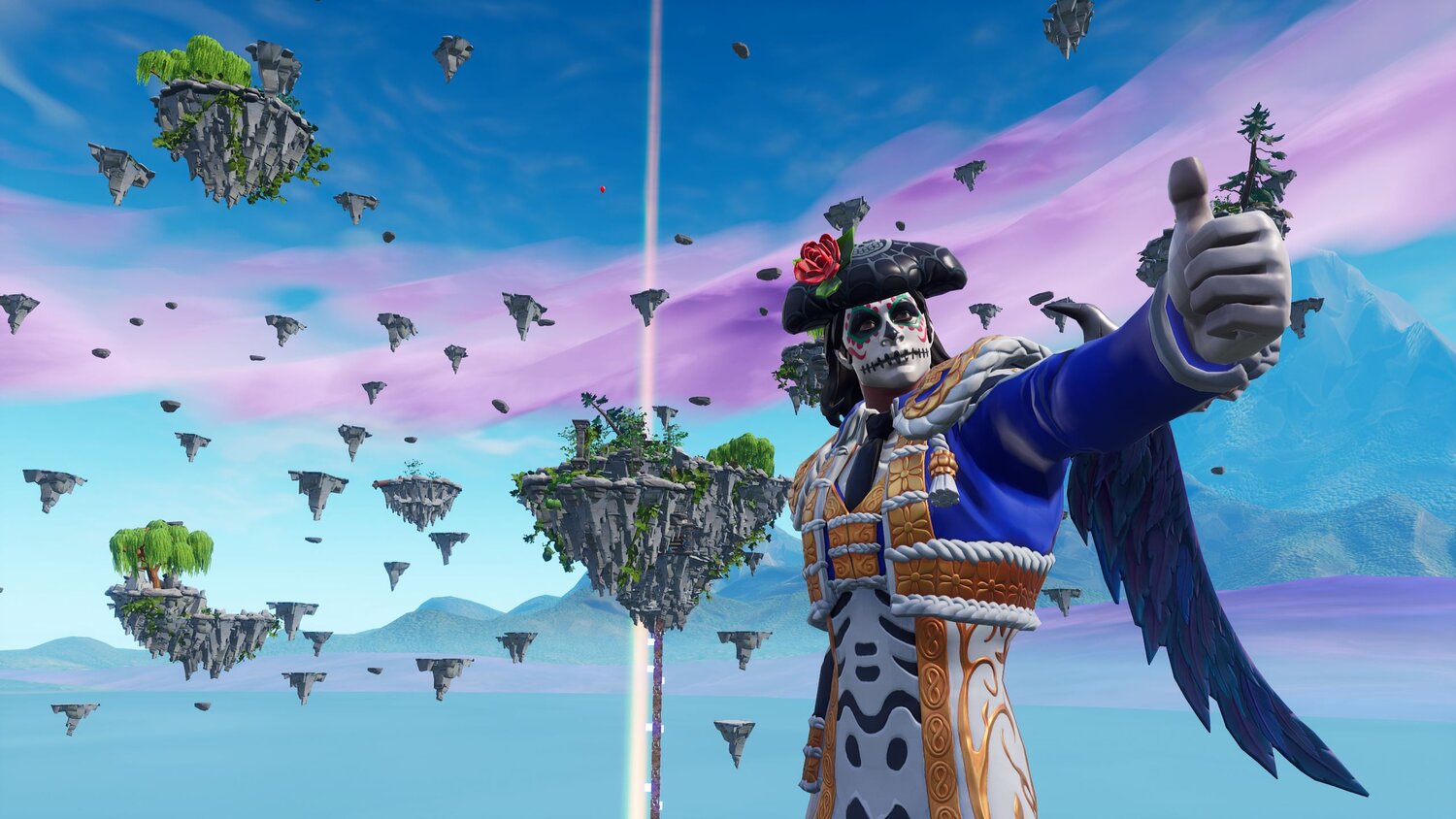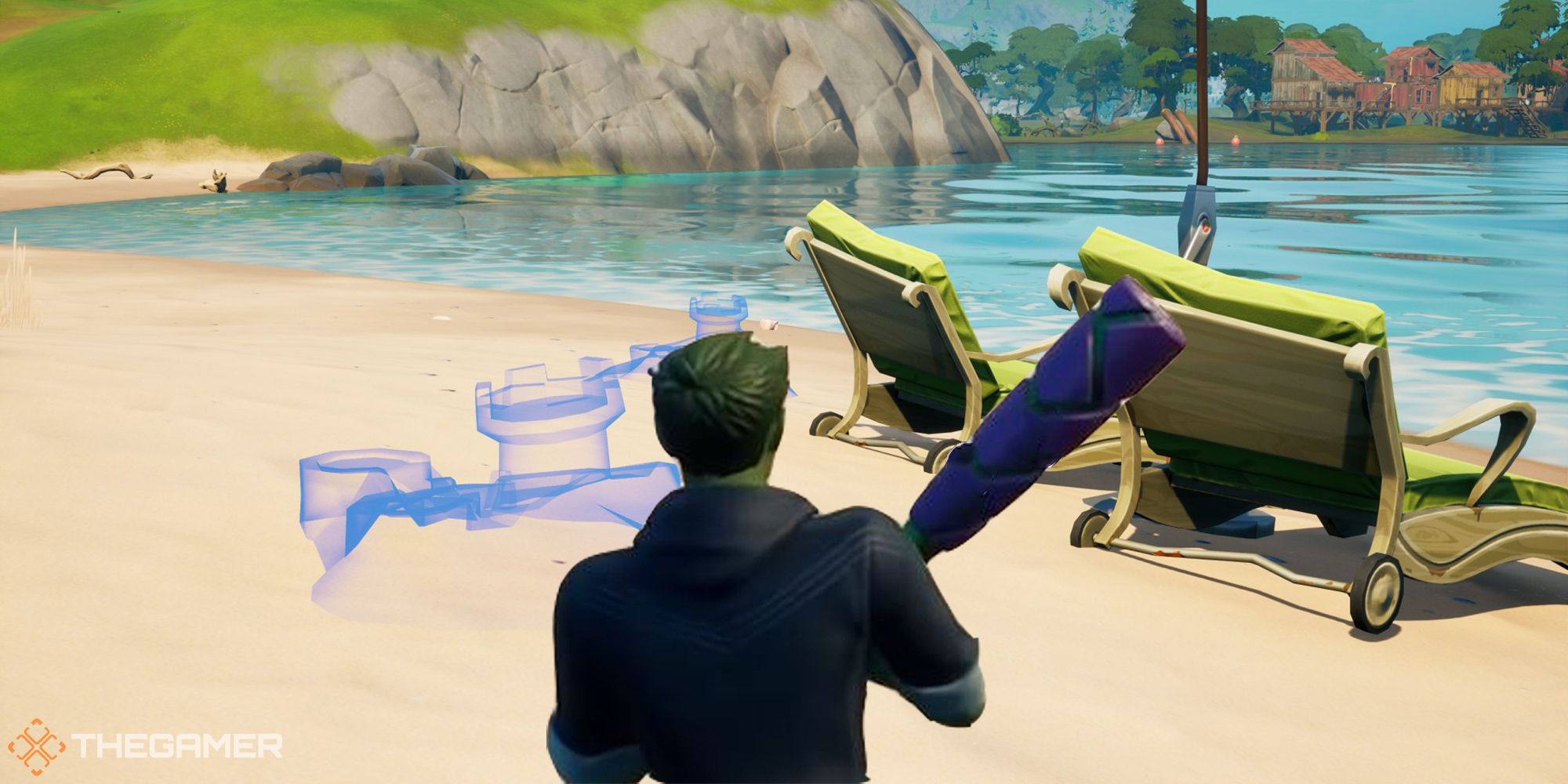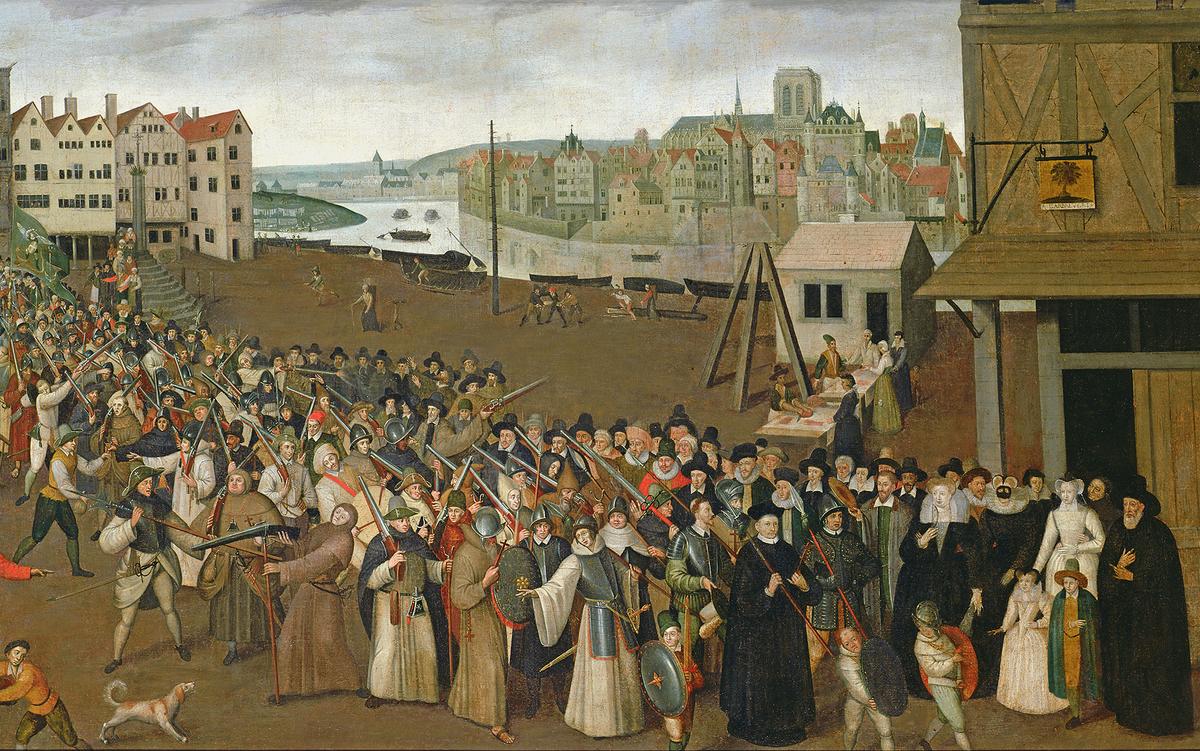
The Metaverse: What It Is, Where to Find it, Who Will Build It, and Fortnite
Technology frequently produces surprises that nobody predicts. However, the biggest developments are often anticipated decades in advance. In 1945 Vannevar Bush described what he-called the “Memex”, a single device that would store all books, records and communications, and mechanically link them together by association. This concept was then used to formulate the idea of “hypertext” (a term coined two decades later), which in turn guided the development of the World Wide Web (developed another two decades later). The “Streaming Wars” have only just begun, yet the first streaming video took place more than 25 years ago. What’s more, many of the attributes of this so-called war have been hypothesized for decades, such as virtually infinite supplies of content, on-demand playback, interactivity, dynamic and personalized ads, and the value of converging content with distribution.
In this sense, the rough outlines of future solutions are often understood and, in a sense, agreed upon well in advance of the technical capacity to produce them. Still, it’s often impossible to predict how they’ll fall into place, which features matter more or less, what sort of governance models or competitive dynamics will drive them, or what new experiences will be produced. By the time Netflix launched its streaming service, much of Hollywood knew that the future of television was online (IP TV had been deployed in the late 1999s). The challenge was timing and how to package such a service (it took another 10 years for Hollywood to accept all of their channels, genres and content needs to be collapsed into a single app/brand). The popularity of video game broadcasting and YouTubers still elude many in the media industry, as does the idea that the best way to monetize content might be to give it away for free and charge for optional $0.99 items of no consequential value. The acquisition of media conglomerate Time Warner by landline internet giant AOL was set in 2000 based on the idea media and tech/distribution needed to converge, but was unwound in 2009 after it failed to produce much benefit. Nine years later, it was then bought by mobile internet giant AT&T under the same premise.



















